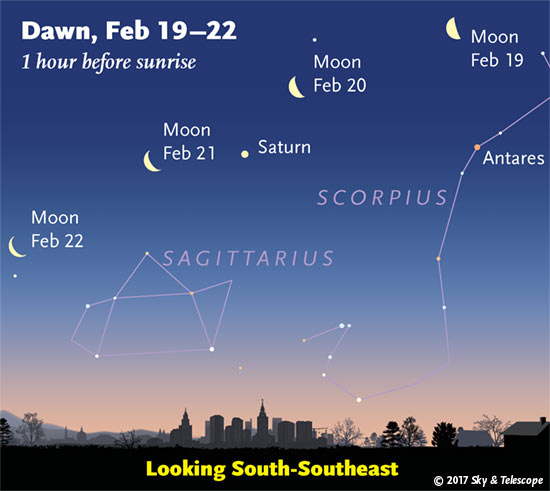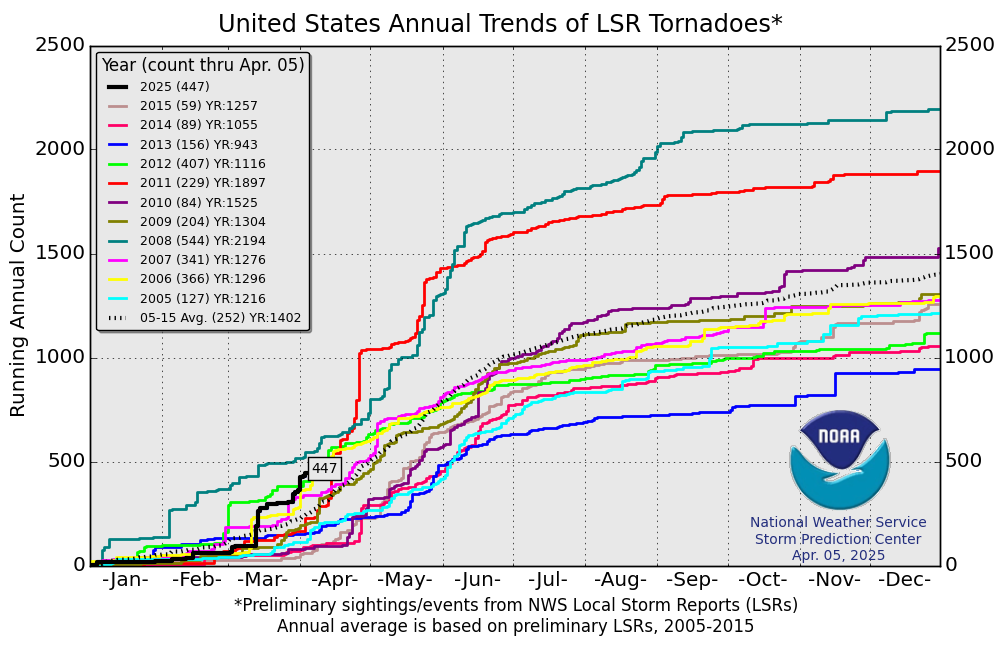
| Total Reports = 4 |
| Tornadoes = 1 |
| Hail Reports = 1 |
| Wind Reports = 2 It is still unchanged since earlier in the month. Yes, we did have quite a few severe thunderstorm warnings recently, but no severe weather or damage was received. That might change soon. Another threat for severe weather could happen as early as tomorrow morning. This one looks more promising. I say that because the warm front may trigger a round of severe weather with large hail being the main player initially. Then, a squall line is expected to develop and race ahead of the cold front. The Storm Prediction Center admits a great deal of uncertainty exists with how these moving parts will interact. But, the elements for severe storm development will be there. The one thing I noticed that may favor severe storms is that dewpoint readings will be higher this time around than last time. We had dewpoints in the low 50's, that with surface temperatures exceeding 80 degrees at Louisville on Friday. However, dewpoint temperatures are expected to be in the upper 50's at the very least for this go around, mainly along the cold front. But, the warm front itself may generate hail exceeding severe criteria (which is at least 1.00" in diameter or otherwise). I would describe it in terms of coins, but, the actual diameter of a quarter is less than 1.00", which should not be used in my opinion. I therefore agree with the SPC's assessment with this quote: "We encourage measurement, not estimation, of hail size." So, for right now, let's see how these moving parts unfold. But, be aware, large hail along the warm front and damaging wind along a squall line later are the primary modes of severe weather potential. Keep weather radios on standby, and have quick access to your favorite media source for the most current updates. Also, the statewide tornado drill will now be on Friday, March 3 at 10:07 a.m. est. With so much winter warmth, no wonder severe weather is off and running. I did some projections and discovered that Lexington should record their 2nd warmest winter season ever. Bowling Green should also record its 2nd warmest winter ever. Louisville should record its 7th warmest winter ever. By the middle of next month, I will be switching to the Spring page, yes, getting away from the winter (or should I say the lack of winter) page. Severe storm stats will likely dominate the page. Every now and then, I would like to post an occasional standout storm from the history books. I will post more information on here if any significant updates come my way. MS |



